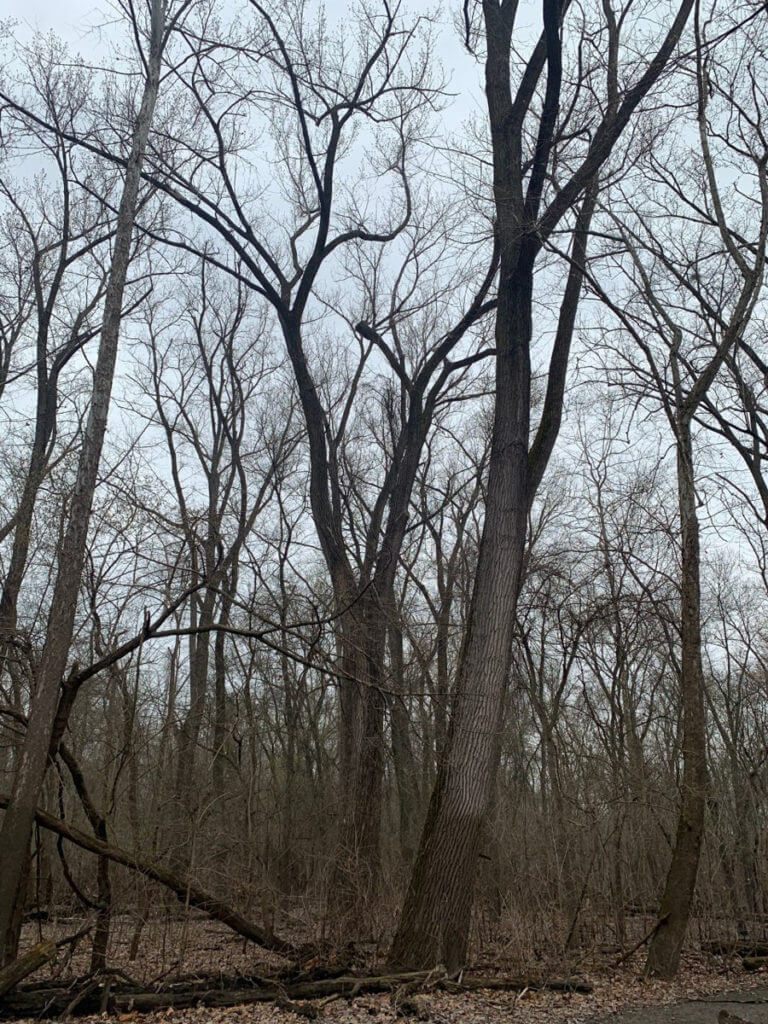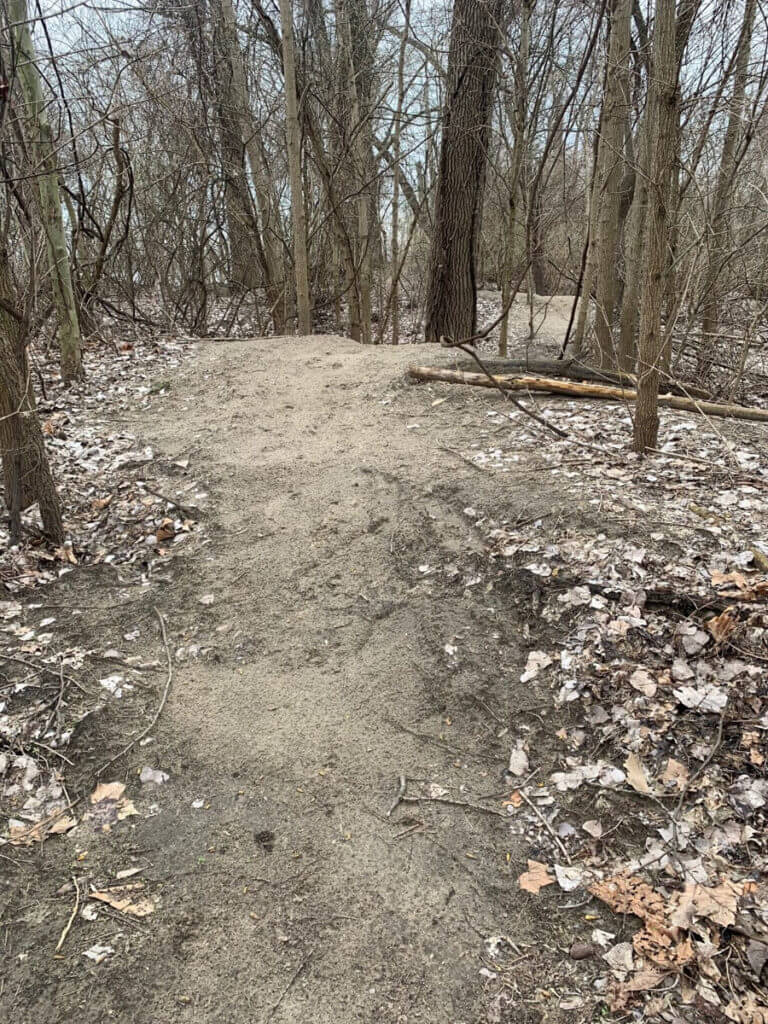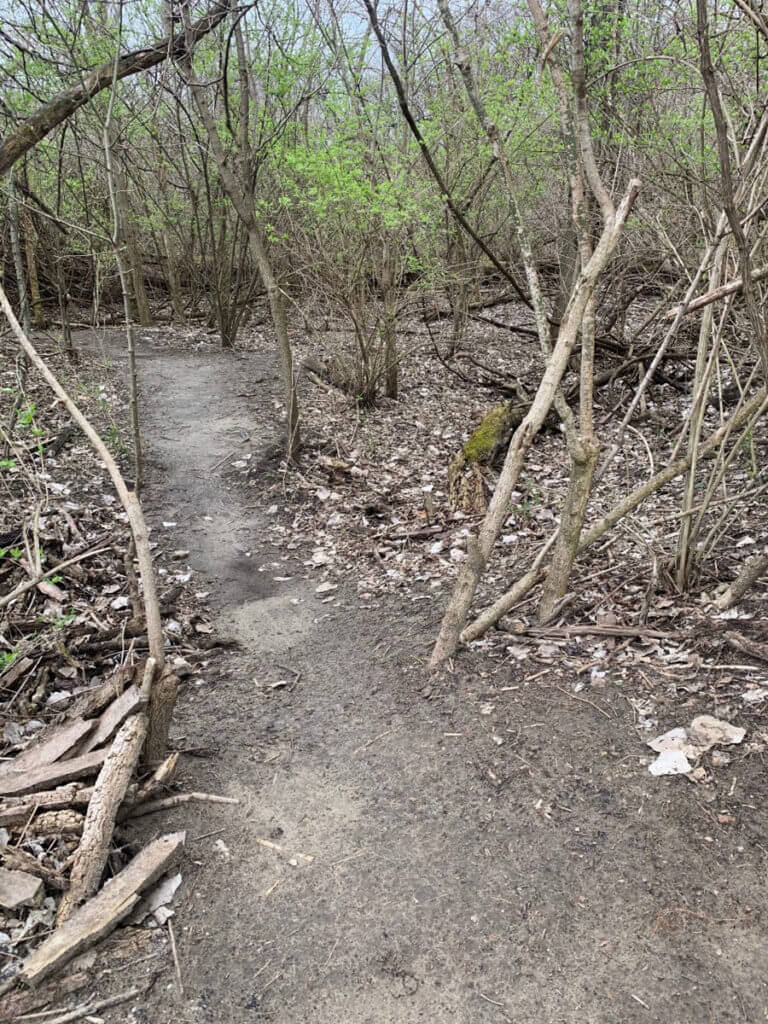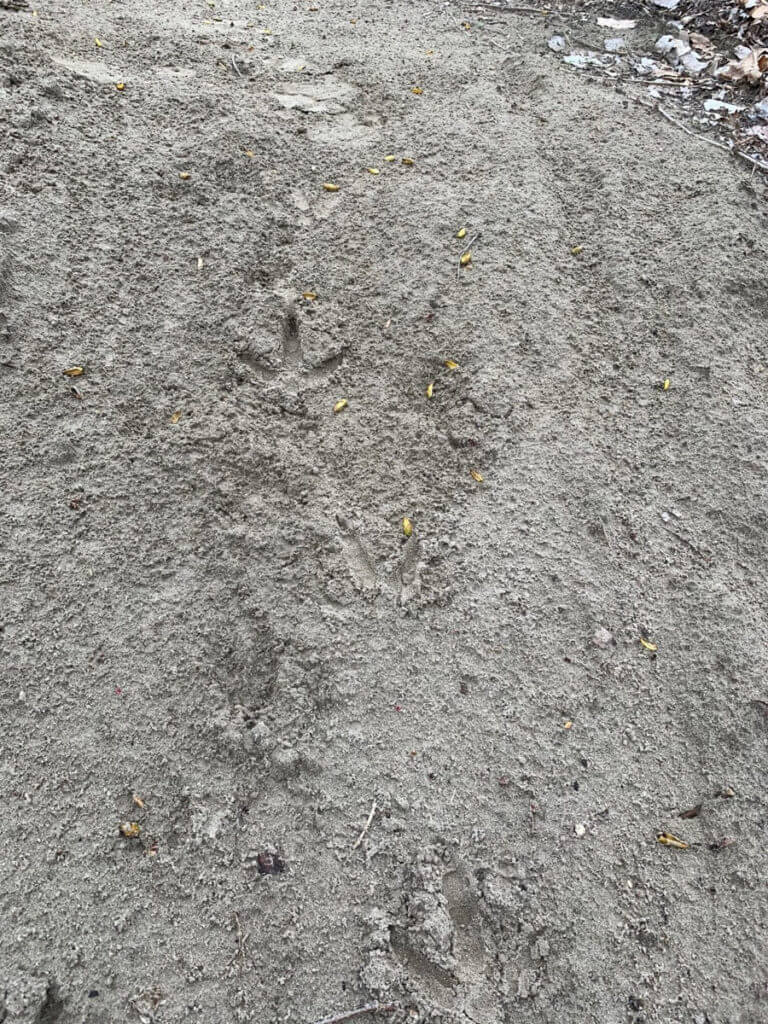I don’t think many hunters put much time and effort into scouting for turkey, and I get it. For most turkey hunters they have one spot on their buddy’s place or a small area where the turkeys either are or are not. Which can make turkey hunting a quick hit or missed spring season. But if you are hunting public land, scouting can make quite the difference when it comes to being successful.

I think most public land hunters are realistic about their chances of killing a turkey on public land, and they are often just as happy with the interaction they get from turkeys as killing one. I have killed almost all my turkeys on public land but have also considered getting a tom to gobble to my call and come within 100 yards as a win. These birds can be difficult to find and even more difficult to hunt, but if you do a little scouting and look for some key indicatory you can up your chances at spring success.
Roost
I think one of the most obvious ways to be successful in any turkey location is to find the roost. These turkey treasures are often given away by old feathers on the ground and an unusual number of droppings below or on the tree.

Some turkeys will roost in the same location frequently, others will choose roost trees hundreds of yards away from where they roosted the night before. But the one thing that you can be certain of is that if you find a roost tree, you know there are turkeys in the area, and you can adjust your hunting strategy accordingly to try and be successful.
Strutting Areas
Toms love to strut in open places and these can come in all shapes and sizes. I have seen a turkey strut in everything from cut cornfields to a two-track vehicle path. The key is finding some fresh areas where the turkeys have been strutting recently and being able to set up to intercept them or call them into an area that is already familiar.

The dead giveaway to a hot strutting area is tom tracks and drag marks from wingtips. To the untrained eye, it can be hard to spot, but it basically looks like two turkey tracks flanked by perpendicular lines. These are easily spotted in sandy soil.
Cover
Cover can be an overlooked aspect when scouting for spring turkeys. The gobblers could care less about seeking out cover, but the hens find it very important. Turkeys take several days to lay all their eggs. They will go out to forage and mate, then go back and lay one or two eggs. They repeat this process for several days before they go into true nesting mode.

Since the hens don’t want to stray far from the nesting area, they often look for good cover next to a food source. This means that the gobblers will come around looking for some action because the hens are concentrated to a specific area.

With a few quick scouting trips to a potential new turkey spot using these three simple signs, you can greatly increase your chances of taking a tom. We often take the turkeys gobble for granted as the one true sign that a turkey is in the area, but often we are met with silence when we hunt public land. By getting out and looking for these signs of turkey presence you can be certain that turkeys are or are not in the area based on what you find. Either way, it allows you to spend a little more time in the spring woods, which after a long winter always sounds like a good idea.